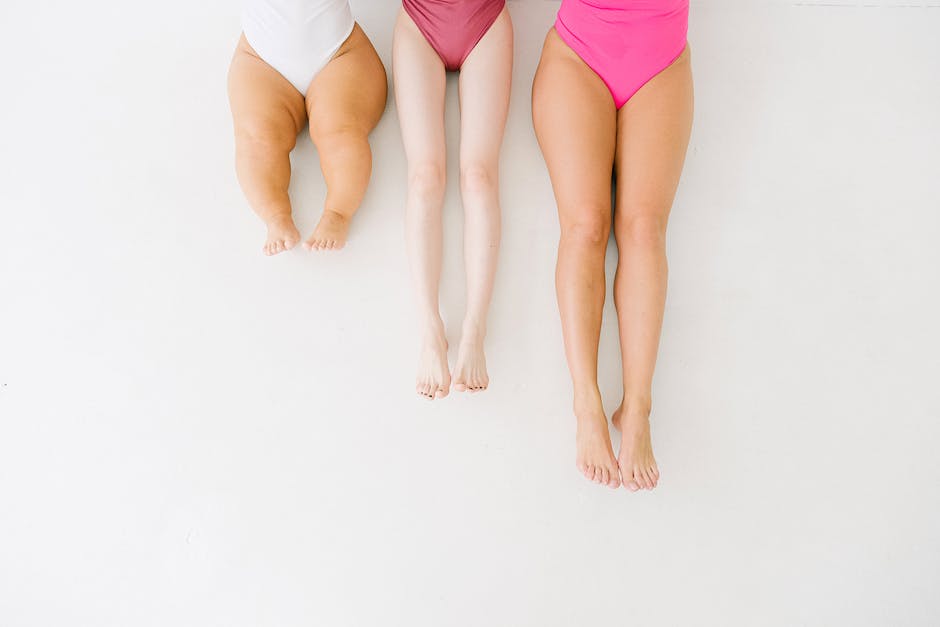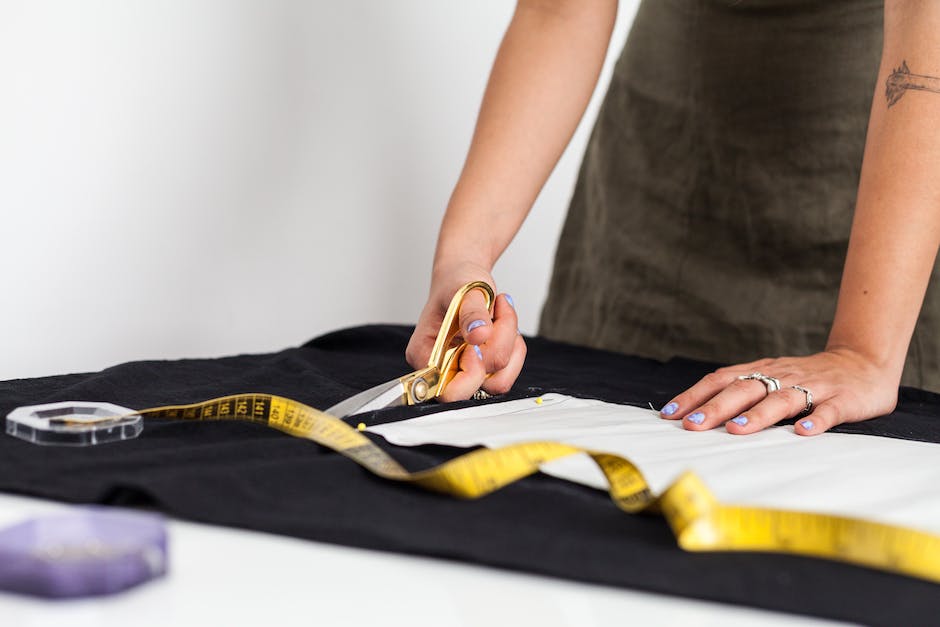Navigating the complex world of dressmaking involves more than just a keen eye for design; it necessitates a profound understanding of various body proportions and the skills to precisely measure them. Individuals come with distinct shapes and sizes, and thus, accurate measurement-taking is integral for dressmaking. This expansive knowledge helps in creating designs that enhance the wearer’s silhouette while ensuring maximum comfort. An essential element to consider is body girth, a component that varies greatly amongst individuals.
Understanding Body Shapes and Sizes
Interpretation of Body Shapes and Sizes
Understanding the diversity of body shapes and sizes is crucial when it comes to accurate dressmaking. Models typically feature two primary modeling principles, which include body scanning and parameterization technique. The human body has typically been categorized into several basic shapes, including hourglass, rectangle, triangle, inverted triangle, and apple type, each dependent on the comparative dimensions of the bust, waist, and hips. Moreover, individual differences like height and weight also contribute to the variations in body shapes and sizes.
Body Proportions and Measurements
Body proportions can majorly influence measurement and hence, the girth. For instance, an individual may have a smaller waist but larger hip region or vice versa. When taking measurements for dressmaking, it’s critical to measure the fullest part of the areas such as bust, waist, and hips to ensure the dress complements the person’s proportion well and fits accurately.
Measuring Girth for Dress Making
Girth measurements are taken to determine the overall circumference of different body parts. For dressmaking, important girth measurements include bust, waist, and hips among others.
For the bust, measure across the fullest part, usually over the nipple line. The tape measure should be leveled and comfortable, not digging into the skin or loose.
The waist is calculated at the natural indentation or the smallest part of the torso. This could be different for different individuals. Some have a well-defined waist and some do not.
Hips are calculated at the fullest part, including the buttocks. One trick is to measure both standing and seated to ensure comfort in dresses, especially form-fitting ones.
Remember, accurate measurements can be the difference between a comfortable, well-fitted dress and one that is not.
The Effect of Body Proportions on Girth
The girth will vary based on the body proportions. For example, someone with an hourglass figure will have larger bust and hip measurements, but a smaller waist measurement. While someone with a rectangle shape will have measurements that are closer together. This can greatly affect the dressmaking process and needs to be taken into consideration when drafting patterns and assembling the dress.
All these different dimensions will help in creating a dress that not only fits accurately but also enhances the wearer’s silhouette. In conclusion, understanding body shapes, sizes and proportions are critical for proper dress making.

Practical Tutorial on Measuring Girth
Understanding Girth Measurement for Dress Making
Girth measurement is a crucial element for dressmaking. Essentially, girth refers to the circumference of certain areas on the body. It is most commonly used to measure essential sections like the chest, waist, and hips. For a dress to fit well, it’s crucial to obtain accurate girth measurements.
Materials Needed
To get started with girth measurements, the primary tool you’ll need is a flexible measuring tape. A cloth tape measure is usually the preferred choice due to its flexibility and ease of wrapping around the body. However, a regular tape measure can also work as long as it’s flexible enough to bend around curves.
Taking Chest Girth Measurement
For the chest girth measurement, the tape measure should be positioned around the chest at the widest point, usually at nipple level. Ensure that the tape is level and firm, but not too tight. Record the measurement where the tape meets the zero or start point.
Measuring Waist Girth
To measure waist girth, find the narrowest part of the torso, which is usually just above the belly button and below the rib cage. Wrap the tape measure around this point, making sure it’s level and snug without pressing into the skin. Then, note the measurement where the tape intersects its starting point.
Hips Girth Measurement
In terms of hips girth, locate the widest part of the hips and buttocks, then wrap the tape measure around that area. Make sure it’s level all around. As always, it’s crucial to ensure the tape is snug without it digging into the skin. Then, record where the tape measure overlaps.
General Tips for Accurate Measurements
While taking measurements, it’s important to always make sure the person being measured is relaxed and standing up straight with their weight distributed equally on both feet. Ensure that the clothes worn during measuring are light and non-bulky to avoid adding extra inches to the measurements. Also, double-check measurements to guarantee accuracy before proceeding to dressmaking.
Whether you’re a budding fashion designer or just looking to create personalized garments, understanding and accurately applying girth measurements is vital. With a little practice and attention to detail, you’ll certainly become proficient at taking these measurements and creating perfectly fitted dresses.

Applying Measurements to Dress Making
Taking Measurements for Dress Making
The first step to any dress making endeavor is to take accurate measurements. Necessary body measurements for dress making often include the bust, waist, hip, bicep, and length measurements (shoulder to waist, waist to knee, and waist to floor). When measuring, it’s crucial to use a soft measuring tape and keep it level with the ground while ensuring it remains snug, but not tight, against the body.
Translating Measurements to Patterns
Once you have all the necessary measurements, it’s time to apply them to your dress pattern. Different patterns may require specific measurements, be sure to check the instructions on the pattern to understand where and how these measurements are used.
Start by marking your measurements on the pattern using a pencil or a fabric marker. Make adjustments to your pattern by extending or shortening lines according to your measurements. This is known as grading. Some pattern makers will include a grading guide to provide instruction on how to adjust the pattern to different body sizes.
Finishing Garments and Fitting
After adjusting your pattern with your measurements, cut out the pattern pieces from your chosen fabric. Ideally, first make a mock-up with inexpensive fabric like muslin to confirm your adjustments before cutting into your main fabric. Sew the dress together according to the pattern’s instructions.
Adjusting for Different Styles and Fits
Different dress styles may require different kinds of adjustments. For example, a tailored dress may require more precise bust, waist, and hip measurements, while a looser, flowy dress provides a bit more leeway. Understanding how the style of a dress impacts your measurements is key, because it will allow you to alter the pattern to fit your aesthetic preference while remaining true to your unique measurements.
Adjustments can also be made during the fitting process. If the finished garment isn’t fitting as expected, don’t panic. Look where adjustments are needed, pin or baste the fabric to indicate new seamlines then transfer all changes back to the pattern. This way, all your hard work can be used for future garments too.
Remember, practice makes perfect in dressmaking. The more you work with patterns and adjust them to specific measurements, the better you’ll become at creating custom-fit garments!

The beauty of dressmaking lies in its capacity to cater to the uniqueness of every individual. Knowledge and understanding of body measurements, including girth, play a pivotal role in creating well-fitted and stylish garments. By learning to accurately measure girth and apply these measurements to dressmaking, one can tailor to the specific needs of different body styles and fits. With practice, technical understanding, and an appreciation for distinct body shapes, a dressmaker can produce designs that are not just aesthetically pleasing but also comfortable and uniquely fitted.
